Understanding carrier dynamics at the interface of charge transport layers in perovskite solar cells and electron-hole behavior in photocatalysis is crucial for advancing renewable energy technologies. Ultrafast spectroscopy allows scientists to observe these processes in real-time, providing valuable insights that can lead to significant improvements in the efficiency and performance of solar cells and photocatalytic systems.
Such advancements are essential for developing sustainable, high-efficiency energy solutions that can meet the growing global demand for clean energy. Continued investigation in these areas is vital for optimizing energy conversion and storage technologies, ultimately contributing to a more sustainable future.
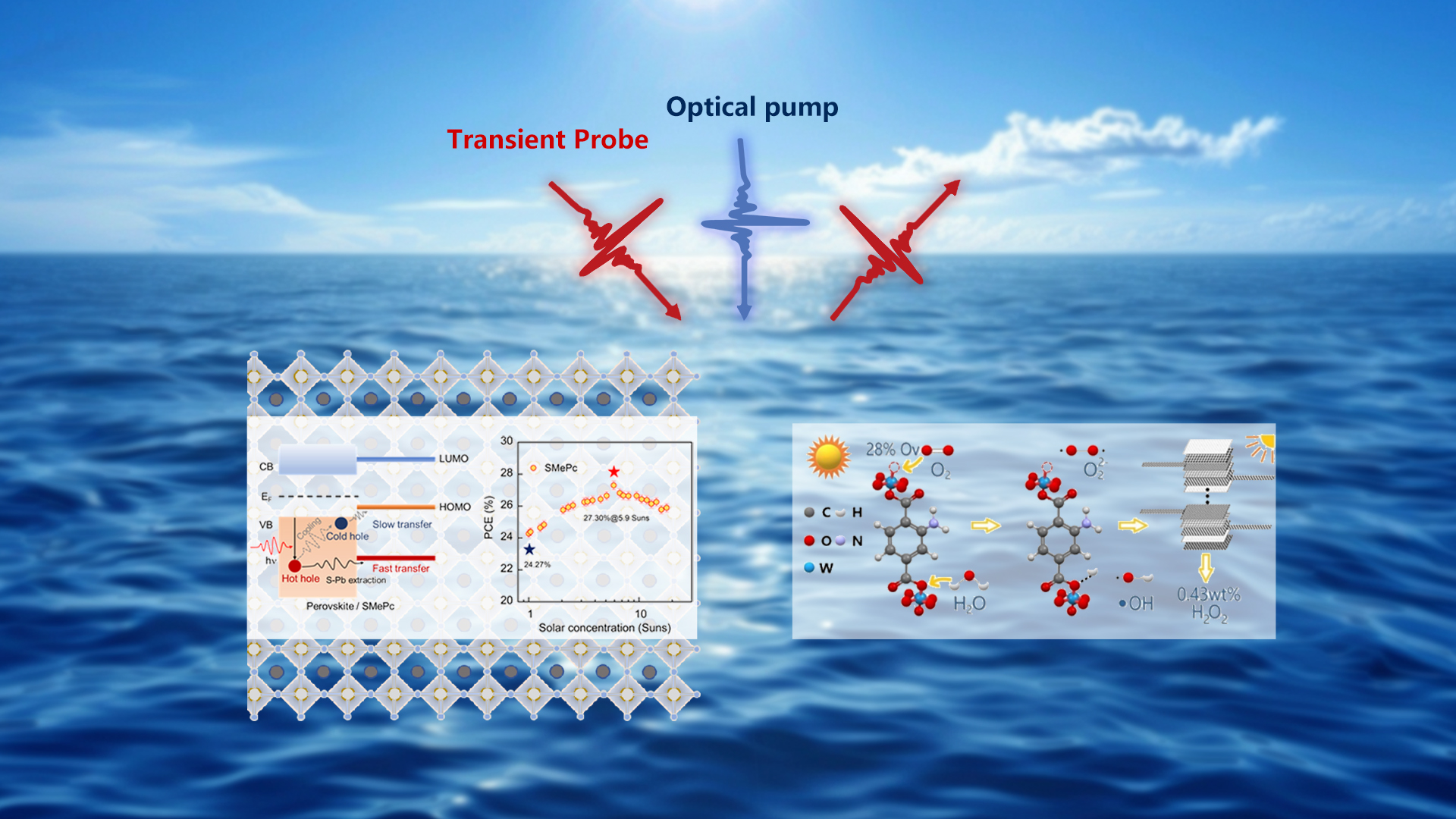
A team led by Associate Professor Xihan Chen from the Department of Mechanical and Energy Engineering (MEE) at the Southern University of Science and Technology (SUSTech) has made new progress in the fields of perovskite solar cells and photocatalysis. Through collaboration with other scientists, they have published two academic papers in the international journals Energy & Environmental Science and ACS Energy Letters.
Their work, based on ultrafast spectroscopy technology, explores the carrier extraction dynamics at the interface of charge transport layers in the field of perovskite solar cells and the dynamics of electron-hole behavior in the field of photocatalysis. It also provides guidance for the preparation of hot carrier solar cell devices and the industrial application of photocatalysis.
Advancing solar efficiency with hot carriers
Hot carrier solar cells, by collecting carriers before they cool down, can achieve efficiencies surpassing the Shockley-Queisser limit, making them an attractive option for harnessing solar radiation energy. Due to the hot phonon bottleneck effect, hot carrier collection may be more advantageous at high carrier densities in concentrated photovoltaic systems.
The researchers utilized the excellent thermal stability of phthalocyanine (Pcs) hole transport layers (HTL) to construct a hot hole collection hole transport layer. Ultrafast pump-probe technology can quantitatively measure the diffusion-extraction dynamics of interfacial carriers and obtain the interfacial hole extraction speed. Among them, the SMePc based on methoxytriphenylamine achieves an extraction speed of 78,900 cm/s, corresponding to a collection distance of ~79 nm. Moreover, the device demonstrated exceptional stability, operating stably for over 3,000 hours in N2 (60°C) and over 1,000 hours at 85°C.
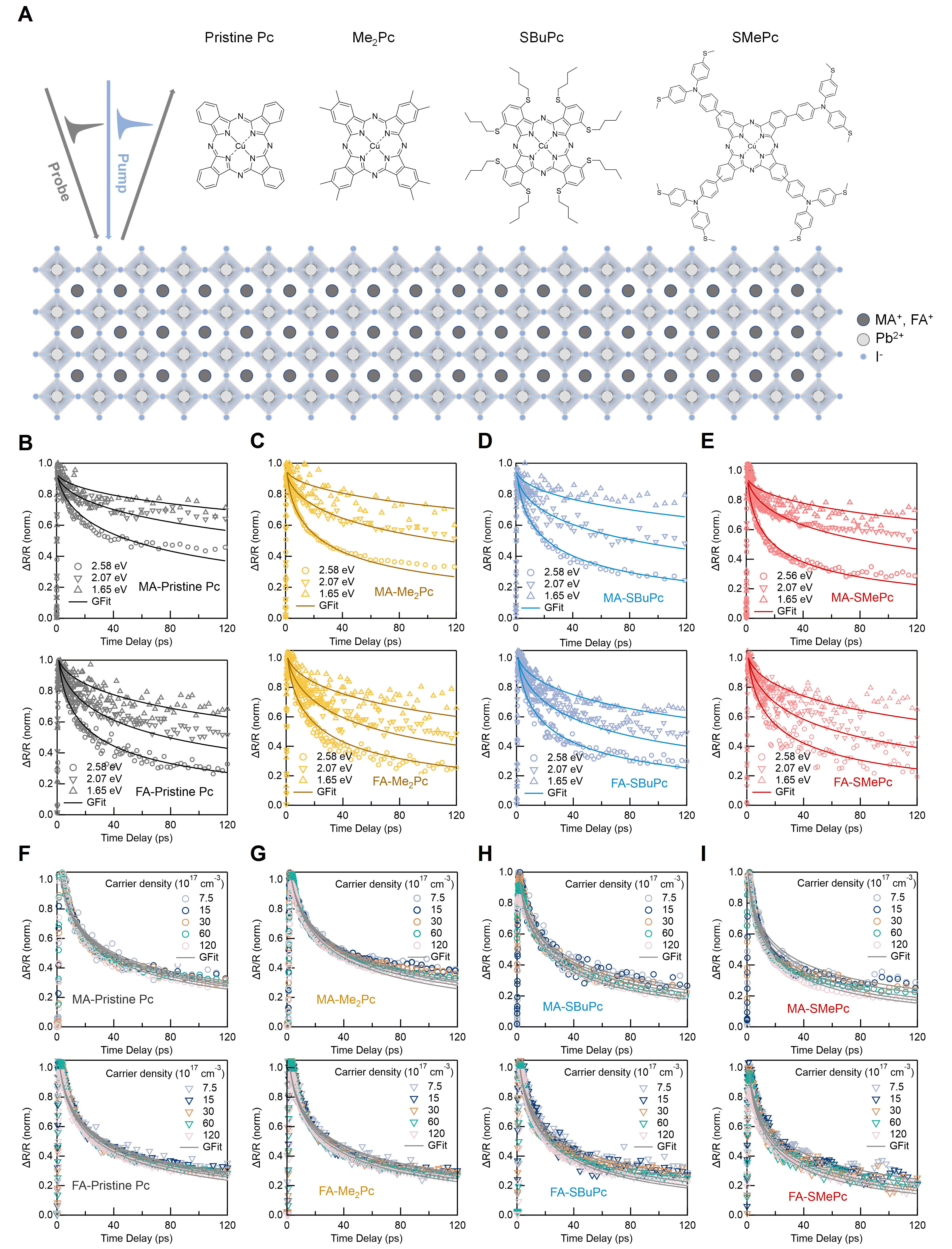
Figure 1. Chemical structures of four copper phthalocyanine molecules, schematic diagram of the transient reflection testing experiment, and the resulting carrier dynamics
They investigated four copper phthalocyanine molecules with different side chains (Pristine Pc, Me2Pc, SBuPc, and SMePc). Using ultrafast pump-probe technology’s transient reflection testing system, different carrier diffusion-extraction dynamics were obtained under three pump light excitation conditions on methylammonium (MA) perovskite and formamidinium (FA) perovskite. By quantitatively fitting the physical model, the hole extraction speeds of the four phthalocyanine molecules were obtained. Additionally, by adjusting the power of the pump light, the hot hole extraction speeds at high carrier concentrations were determined.
The test results show that an increase in the initial carrier concentration results in faster hot hole extraction speeds. Among them, the hole extraction speeds of SBuPc and SMePc molecules are significantly higher than those of the other two molecules.
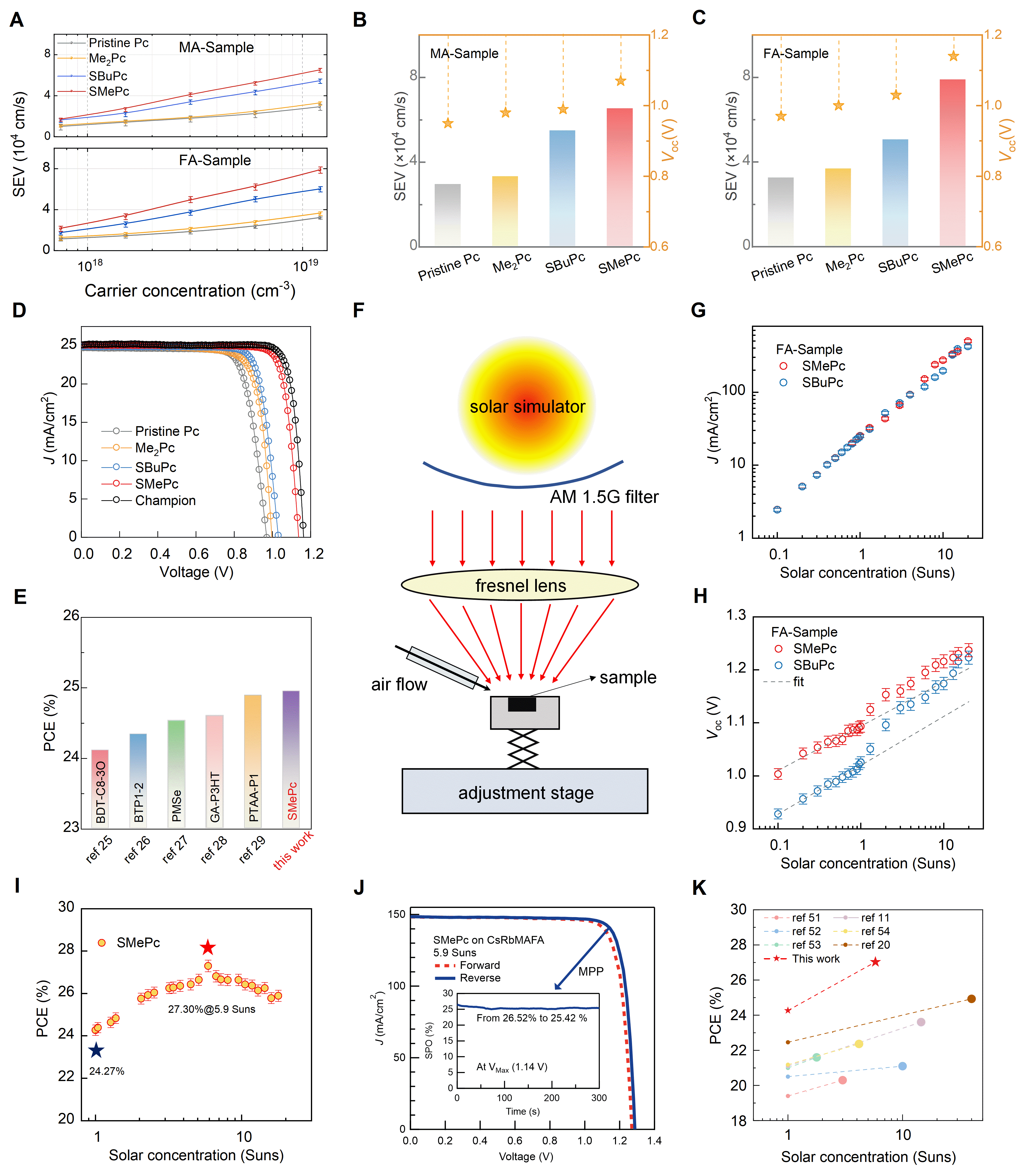
Figure 2. Hole extraction velocity and open-circuit voltage, and device performance under concentrated illumination
The study established a connection between the obtained hole extraction velocity (SEV) and the open-circuit voltage of the device. The two molecules containing thiol groups, SBuPc and SMePc, exhibited higher open-circuit voltages in the devices due to their higher hole extraction velocities. Additionally, the performance parameters of the device under different solar radiation intensities were obtained by constructing a concentration testing system composed of a solar simulator, Fresnel lens, and a gas cooling device.
The open-circuit voltage at high light intensity was observed to be higher than the theoretical cold carrier line, thanks to the contribution of hot carrier extraction under the hot phonon bottleneck effect. This also helped the efficiency of perovskite solar cells reach 27.30% under 5.9 suns illumination.
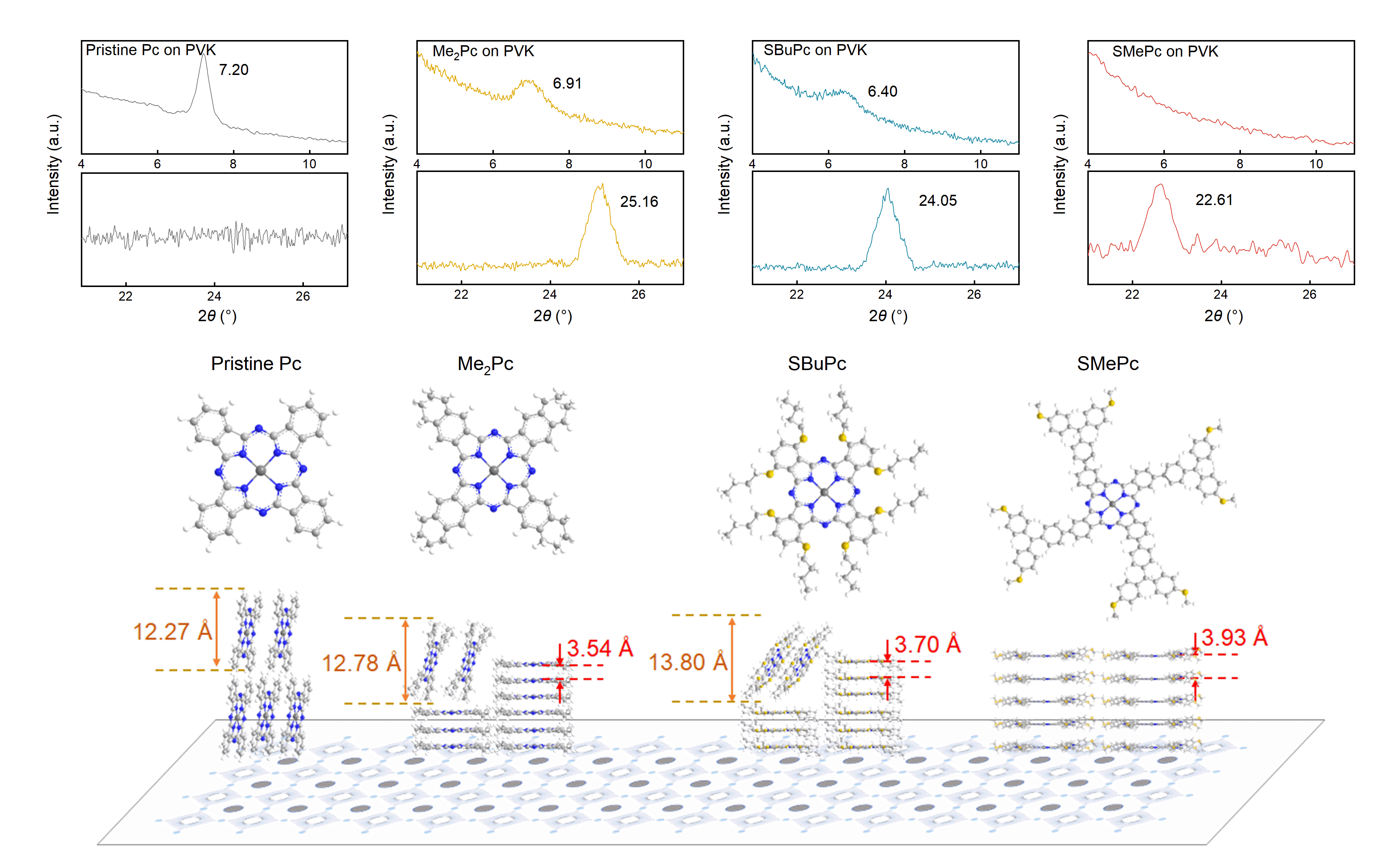
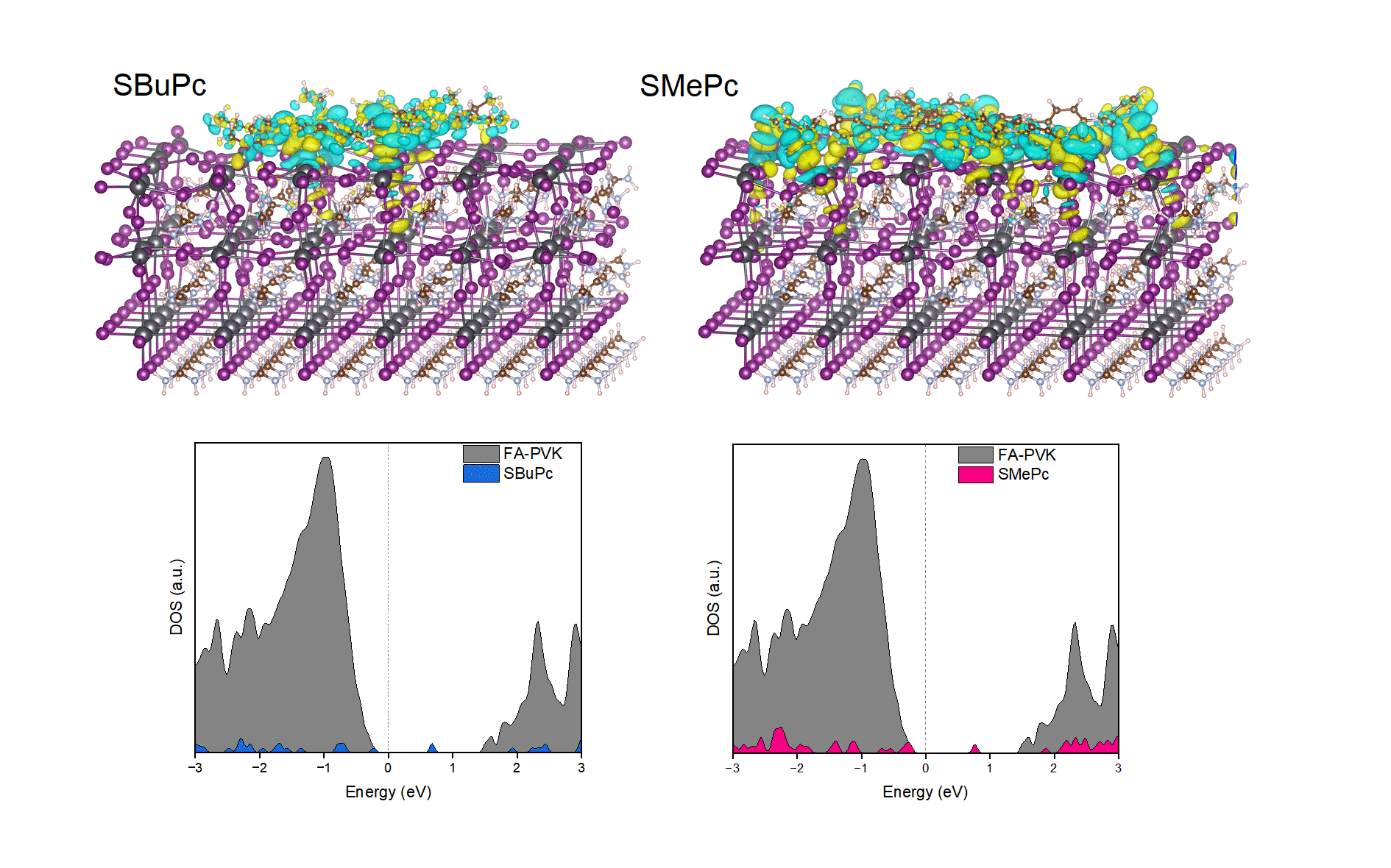
Figure 3. Arrangement of copper phthalocyanine molecules and interface interaction configurations
Through rigorous testing and analysis, the study demonstrated the correlation between molecular arrangement, interface interaction, and thermal hole extraction capability. By leveraging sulfur-modified phthalocyanine derivatives, they established a fast thermal hole extraction channel with the perovskite layer, which is crucial for enhancing solar cell efficiency. This groundbreaking research opens new avenues for advancing solar energy technology.
This work, entitled “Hot Carrier Perovskites Solar Cell with Efficiency Exceeding 27% Enabled by Ultrafast Hot Hole Transfer with Phthalocyanines Derivatives”, has been published in the journal Energy & Environmental Science.
Master’s student Shaokuan Gong from the Department of MEE and Ph.D. students Geping Qu and Ying Qiao from the Department of Chemistry at SUSTech, are the co-first authors of the paper. Associate Professor Xihan Chen and Professor Zongxiang Xu from the Department of Chemistry are the co-corresponding authors, and SUSTech is the sole corresponding institution.
This research was supported by the National Natural Science Foundation of China (NSFC), Guangdong Major Program of Basic and Applied Research, Shenzhen-Hong Kong-Macau Science and Technology Plan C, Guangdong Natural Science Foundation, and the Shenzhen Science and Technology Innovation Commission (SZSTI).
Efficient hydrogen peroxide production via MOF catalysts
The team’s second paper reports on a new method to produce hydrogen peroxide more efficiently using a metal-organic framework (MOF) catalyst made from metallic tungsten (W) and the organic ligand 2-aminoterephthalic acid (ATPA), specifically MIL (W). By optimizing the synthesis conditions, they increased the number of oxygen vacancies in the catalyst to 28.64%, achieving a hydrogen peroxide production rate of 330,000 μmol·h⁻¹·g⁻¹·L⁻¹.
They concentrated the hydrogen peroxide solution to 0.43%wt using a multistage evaporation system. They employed advanced techniques to observe rapid electron transfer and hole preservation, which effectively drove the oxygen reduction reaction (ORR) and water oxidation reaction (WOR), essential processes for hydrogen peroxide production.
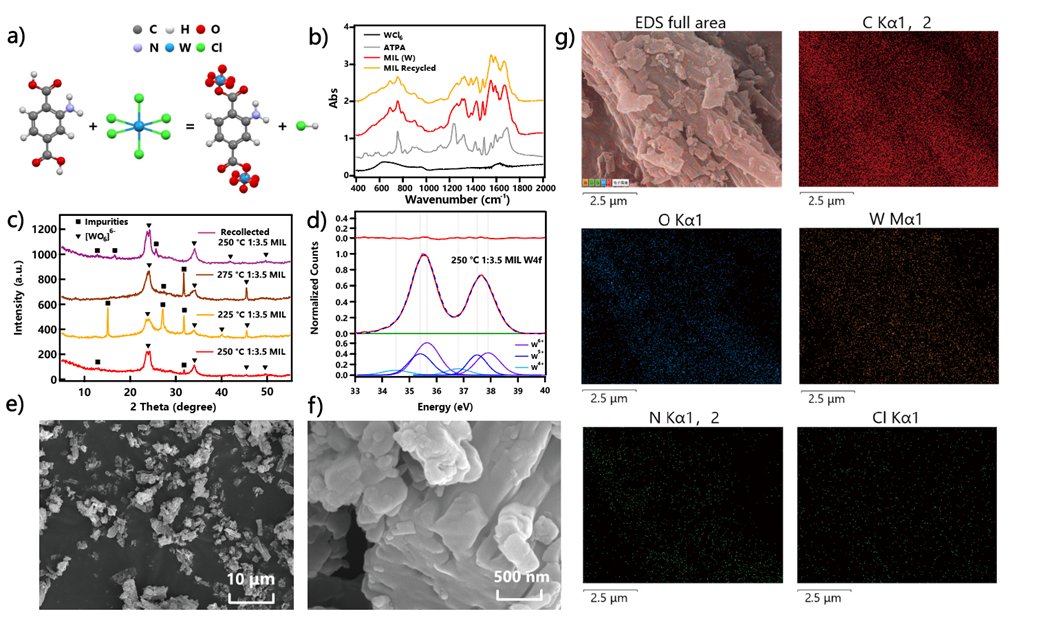
Figure 4. Characterization of MIL (W) MOF structure
Photocatalysts based on MOFs offer significant advantages over traditional catalysts, such as higher yield and efficiency. In this study, the optimized synthesis conditions led to a stable crystal structure with a high concentration of oxygen vacancies, crucial for enhancing hydrogen peroxide production.
The MOF catalyst showed excellent performance under mild conditions and demonstrated stability over multiple cycles. This innovative approach has the potential for large-scale industrial applications, offering a more sustainable and cost-effective solution for producing hydrogen peroxide, which is widely used in various industries, including organic synthesis, wastewater treatment, and medical disinfection.
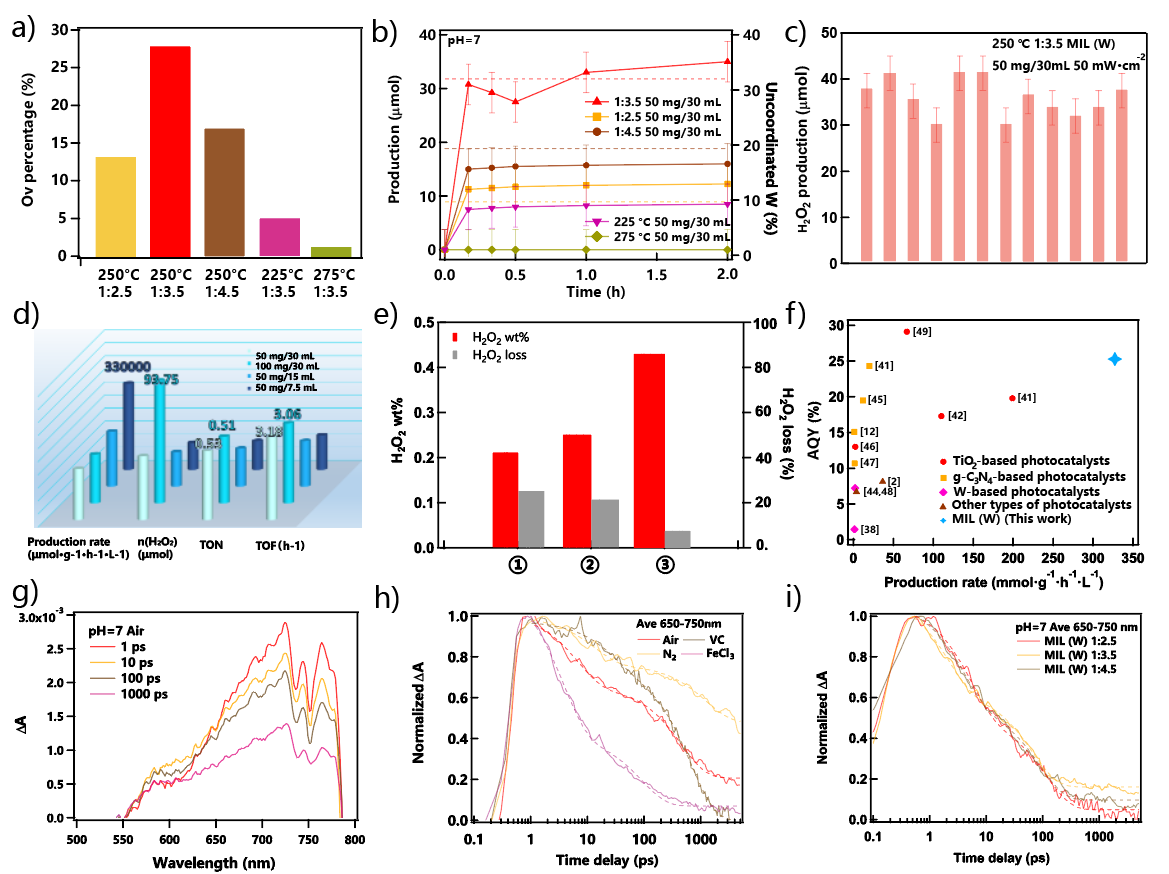
Figure 5. Photocatalytic performance of hydrogen peroxide and transient absorption hot carrier dynamics
This work, entitled “Ultrafast Hole Preservation with Undercoordinated Tungsten for Efficient Solar-to-Chemical Conversion”, has been published in the journal ACS Energy Letters.
Joint Ph.D. Qiu Shi Hu of SUSTech and the City University of Hong Kong (CityU) and Ph.D. Shang Liu at SUSTech are the co-first authors of this paper. Associate Professor Xihan Chen, Assistant Professor Meng Lin from the Department of MEE, and Associate Professor Ruquan Ye from the Department of Chemistry at CityU are the co-corresponding authors.
This research was supported by the NSFC, Guangdong Provincial Natural Science Foundation, Guangdong Provincial Department of Education, and SZSTI.
Paper links (In order of appearance above):
Energy & Environmental Science: https://pubs.rsc.org/en/content/articlelanding/2024/ee/d4ee01839g
ACS Energy Letter: https://pubs.acs.org/doi/10.1021/acsenergylett.4c01336
To read all stories about SUSTech science, subscribe to the monthly SUSTech Newsletter.
Proofread ByAdrian Cremin, Yingying XIA
Photo ByDepartment of Mechanical and Energy Engineering